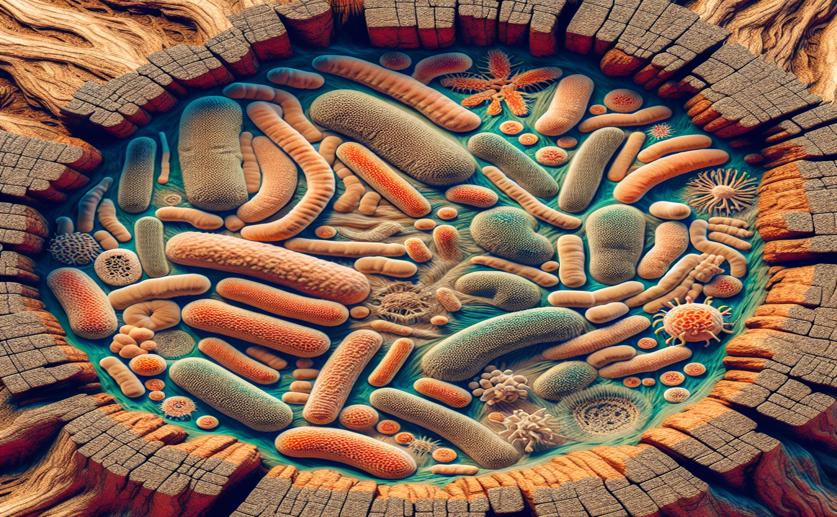
Variety of Bacteria Living Inside Farming Trees in Kenya
Jim Crocker
9th February, 2024

Image Source: Natural Science News, 2024
AgricultureBiotechPlant Science
References
Main Study
1) Diversity of endophytic bacteria isolated from leguminous agroforestry trees in western Kenya.
Published 8th February, 2024
https://doi.org/10.1186/s13568-024-01676-6



 31st January, 2024 | David Palenski
31st January, 2024 | David Palenski